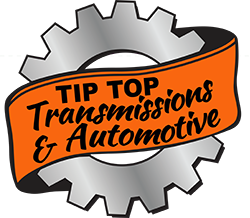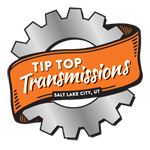
If you have a car with a clutch, transmission repairs are a fact of life. Even in the best of circumstance, this part is destined to wear out during the time you own the car, just as brake pads do. Modern clutches are built to last from 50,000-100,000 miles, but if you are hard on it, it can wear out at 35,000 miles or sooner. Properly caring for your manual transmission and correct driving and shifting techniques can extend the time between visits to your local auto mechanic.
How your Clutch Works
Your clutch assembly includes a disc, pressure plate, and a throw-out bearing covered by a housing. It is connected to the flywheel of the engine and the transmission with a spline. When you press on the clutch pedal, a hydraulic piston pushes on a release fork that in turn presses down on the throw-out bearing toward a diaphragm spring. As a result, the spring pulls the pressure plate away from the clutch plate and releases it, which releases power from the engine to the transmission.
The goal in pressing the clutch is to release the clutch disc from the flywheel, which allows for a smooth shifting between gears. When the clutch is released, the disc engages power from the engine. Several things can happen that disrupts the process:
- As the clutch wears, the friction lessens and the clutch can slip.
- The part can also stick, due to a stretched clutch cable, air in the hydraulic line, defects or leaks in the slave or master clutch cylinder, bad linkage, or mismatched clutch components.
- The clutch becomes hard to depress fully, due to worn seals in the hydraulic system or binding, or sticking in the cable, cross shaft, pivot ball, or pedal linkage.
- The throw-out bearing (aka the "clutch release bearing") can wear out and does not apply enough force on the pressure plate to release the clutch.
How to Care for your Clutch
Any of these problems can result in a clutch that does not properly engage when you release it. While some of these issues are simply a normal part of the aging of a vehicle, your driving habits can also contribute to the problem. To extend the life of your clutch and transmission:
- Fully depress clutch when shifting and make sure you are in the next gear before releasing it; avoid shifting too fast and not fully depressing the pedal.
- Do not rest your foot on the clutch in stop and go traffic.
- Put the car in neutral and fully release the clutch while at a red light.
- Instead of downshifting when coming to a stop, rely more on your brakes.
- Follow the manufacturer's guidelines for fluid levels, check-ups and replacement.
Despite your best efforts, there will come a time when you need professional transmission repairs. While just a part of the clutch system can be bad, replacing the whole assembly is the best course of action to assure that it can maintain the proper friction level with the engine flywheel.
When your clutch is slipping, sticking, or not acting right, contact Tip Top Transmissions of Salt Lake City, Utah for transmission repairs.

